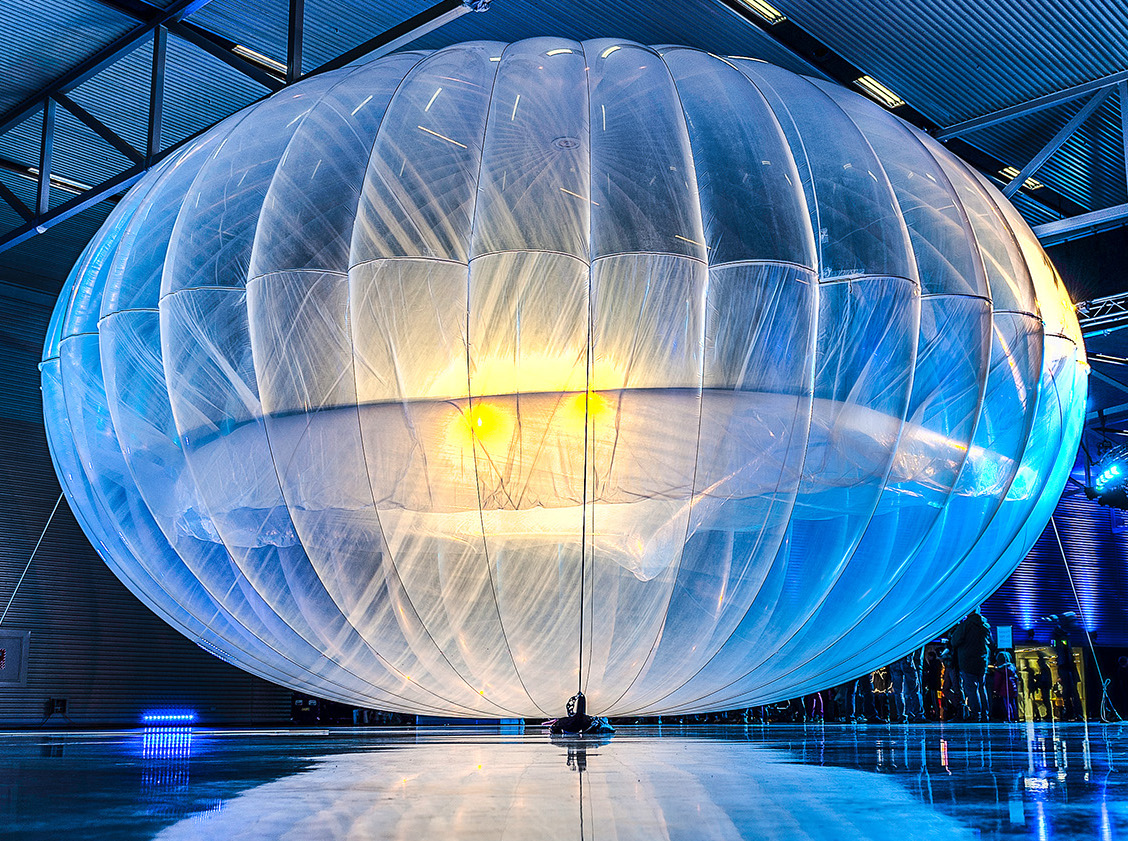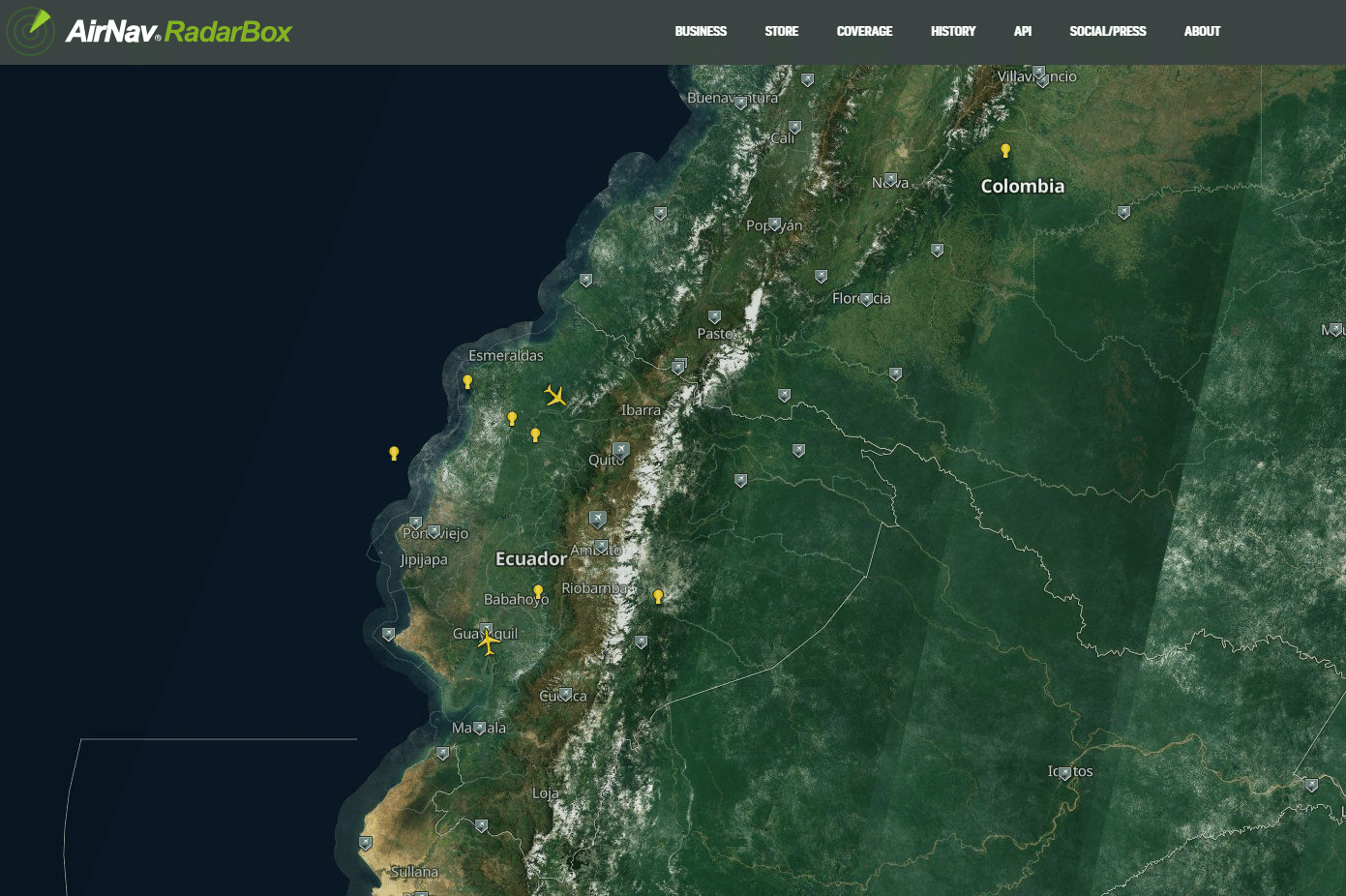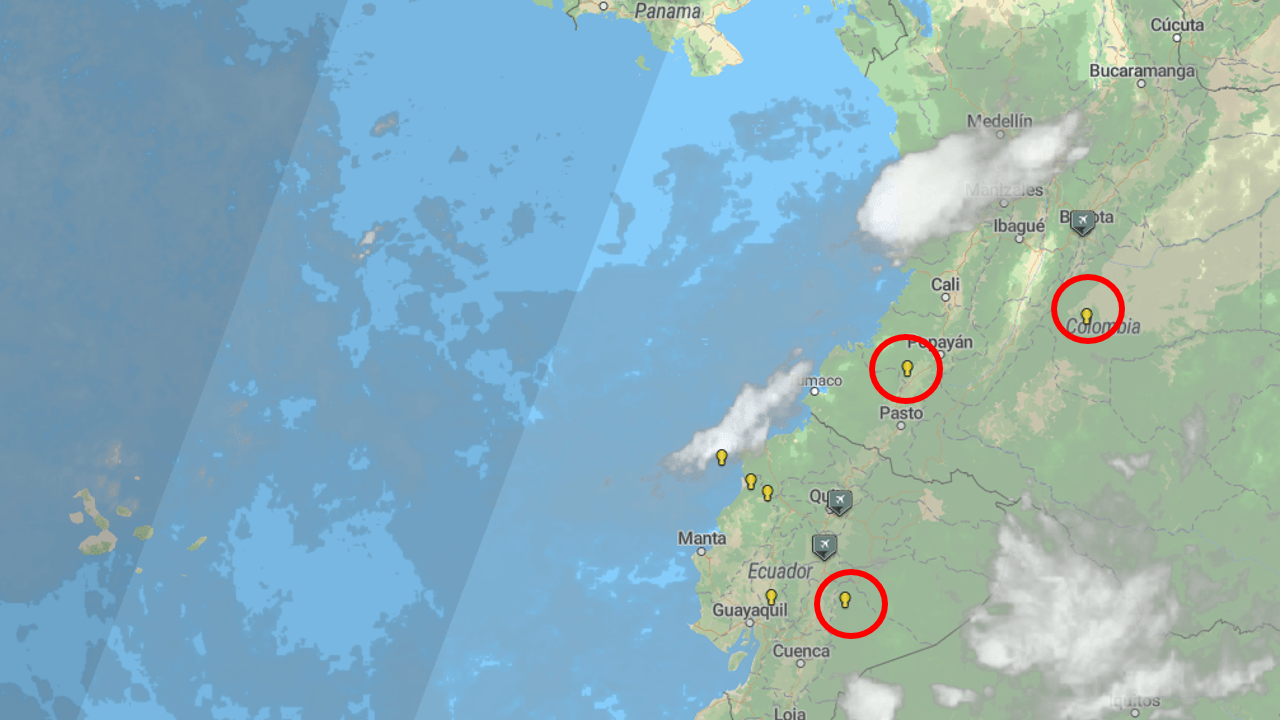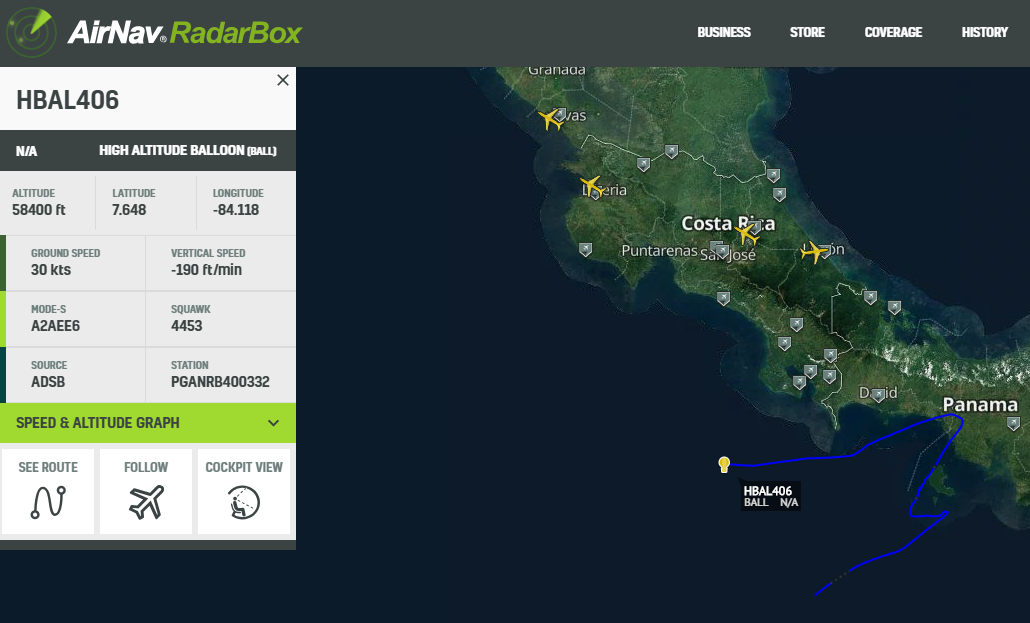Tracking Google Loon Baloons on Radarbox
What is Project Loon?
Project Loon is an initiative by Google that involves sending gas-filled (helium) balloons into the stratosphere in order to provide internet access to remote and rural areas. These balloons float around at an altitude of over 65,000 feet to deliver internet connections of over 10 Mbps to people on the ground. Many of these Google balloons are already being used in many isolated areas and are helping connect numerous isolated communities to the Internet. In 2017, Project Loon provided basic internet connectivity to tens of thousands of people during the Peruvian floods.
Project Loon was started in 2011 after much discussion and multiple delays since 2008. The first balloons flew over areas of California. In 2013, Google conducted a pilot project in Christchurch, New Zealand with 30 balloons. As of 2018, it has now done over 30 million km of test flights, with one balloon surviving a record-breaking 190 days.
How does it work?
Simply put, telecommunications towers on the ground connect with transmitters on the floating balloons. Depending on where coverage is needed, the signal can be passed between balloons using lasers.
Watch the official explainer video from Google Loon
The Loon team has developed balloons, designed to withstand tough atmospheric conditions such as pressure differences, high winds, UV exposure and extreme temperatures. The balloons are made of polyethene plastic that can last up to 100 days. Each inflated balloon is approximately 50 feet wide by 40 feet high with about 5,381 feet of surface area. They also have two chambers, the inner one filled with air and the outer one with helium. Valves and a fan attached to the bottom of the balloon are used to pump air in or out. Adding air to the inner balloon increases the mass and causes the balloon to go down, and releasing air causes it to go up.
Each solar panel is an array of solar cells encased in plastic laminate and held in an aluminium frame measuring about 5 feet by 5 feet in width. They generate around 100 watts of power in a few hours of full daylight, which is stored in batteries so that the equipment will continue to work in darkness.

A Loon balloon at a launch event in New Zealand (June 2013)
The electronic payload onboard includes computing equipment to control everything, rechargeable lithium-ion batteries to store the sun-gathered power, GPS units to track balloon locations, dozens of sensors so that Google can monitor for atmospheric conditions and radio equipment for wireless communication with other balloons and with ground-based networks. The radio equipment includes a broad-coverage eNodeB LTE base station, a high-speed directional link and a backup radio.
According to Google, the connectivity provided by each balloon should cover an area of approximately 25 miles (approx. 40 kilometres), with hundreds of people potentially able to connect to a balloon at the same time. The Loon team says that they expect coverage speeds to be on par with typical LTE 4G network speeds.
Tracking Loon Balloons on Radarbox.com
Loon Ballons on Radarbox.com can be clearly identified by the yellow balloon icon, that resembles a hot air balloon with the registration HBALxxx. Users can spot them drifting over Brazil, Equador, Colombia, the Carribean islands and the Pacific ocean. Here are a few images of the Loon Baloon on Radarbox.com

Can you spot the loon balloons?
A Loon Balloon just off the coast of Panama (flight card on the left).

7 Google Loon Balloons drifting over Colombia & Equador at 64,000 feet.
Learn more at Project Loon's official website. Click here!
READ NEXT...
 2004
2004AirNav RadarBox Maps: Terrain & Classic
RadarBox currently offers 7 different map options that aim to provide our users with the freedom of customizing their map views. Read our blog post to learn more about 2 of these map options. 1950
1950Explore the World from a New Angle with Arctic Projection, Now Available on AirNav RadarBox!
We're excited to introduce a groundbreaking feature that will change how you view the world from above Arctic Projection. Learn more about this innovative map option on our blog! 1486
1486AirNav RadarBox Is On Google News!
AirNav RadarBox is now featuring news and blog posts on Google News! Read our blog to find out more!


